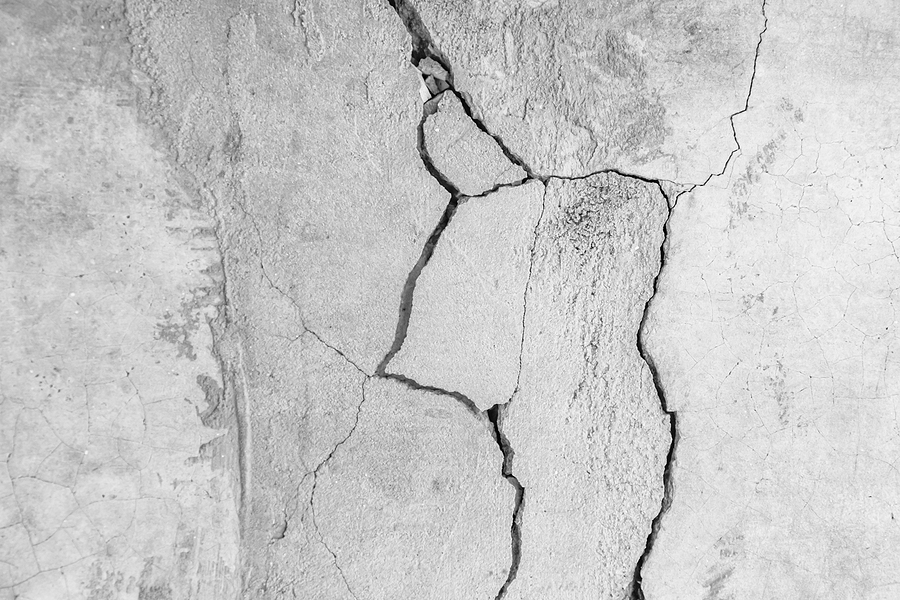Concrete floors are known for their durability and longevity, but even the toughest materials can show signs of wear and tear over time. Cracks, stains, and surface damage can detract from the appearance and functionality of your concrete floors, making them look aged and neglected.
Fortunately, repairing and restoring old concrete floors can bring them back to life, extending their usability and enhancing the overall look of your space.
In this article, we’ll guide you through the steps of repairing concrete floors and share tips on how to achieve a successful concrete floor restoration.
Understanding the Condition of Your Concrete Floors
Before diving into repairs, it’s crucial to assess the current state of your concrete floors. This initial inspection will help you determine the extent of the damage and the best approach to repair and restore them.
- Cracks: Small cracks can develop in concrete over time due to settling or temperature changes. Larger cracks may indicate structural issues that need to be addressed before proceeding with cosmetic repairs.
- Stains and Discoloration: Concrete floors can become stained from oil, rust, or other substances. While some stains can be removed with cleaning, others may require more intensive treatment.
- Surface Damage: Surface damage such as chipping, spalling, or pitting can occur due to wear, freeze-thaw cycles, or impact. This type of damage can often be repaired with resurfacing techniques.
- Uneven Floors: If your concrete floors have become uneven or show signs of settling, this may require more extensive repairs, such as leveling or slab jacking.
Steps to Concrete Floor Restoration
Once you’ve assessed the condition of your concrete floors, you can begin the repair process. Here’s a step-by-step guide to repairing common issues with concrete floors:
Clean the Surface
Start by thoroughly cleaning the concrete floor to remove dirt, debris, and any loose material. This can be done with a pressure washer or a stiff-bristle broom and a heavy-duty concrete cleaner. Ensuring a clean surface is essential for proper adhesion of repair materials.
Repair Cracks
Small cracks can be repaired using a concrete patching compound or epoxy filler.
First, widen the crack slightly with a chisel to create a more stable base for the filler.
After cleaning out the crack, apply the filler according to the manufacturer’s instructions and smooth it out with a trowel.
For larger cracks, you may need to use a concrete repair caulk or a more substantial patching compound.
Address Surface Damage
For surface damage like spalling or pitting, you’ll need to resurface the affected areas.
- Begin by removing any loose or damaged concrete with a hammer and chisel.
- Apply a concrete resurfacer, which is a self-leveling compound, to the damaged area.
- Spread it evenly with a trowel, ensuring a smooth finish.
For large areas, you may need to use a concrete grinder to smooth the surface before applying the resurfacer.
Remove Stains and Discoloration
Stains on concrete floors can be treated with specialized cleaners depending on the type of stain.
For example, oil stains can be removed with a degreaser, while rust stains may require an acidic cleaner.
If the concrete has stubborn stains, you may need to use a poultice, which involves applying a paste to the stain and covering it with plastic to draw out the discoloration.
Level Uneven Floors
If your concrete floor is uneven, you may need to use a self-leveling compound to correct the issue.
After cleaning the floor, apply a primer to improve adhesion.
Then, mix and pour the self-leveling compound over the floor, allowing it to flow and level itself.
Use a long-handled squeegee to help spread the compound evenly.
Concrete Floor Restoration: Bringing Back the Shine
Once repairs are complete, you can move on to the restoration phase to bring back the shine and durability of your concrete floors.
Polishing
Polishing concrete floors can enhance their appearance and provide a smooth, reflective finish. This process involves grinding the surface with progressively finer diamond pads until the desired level of shine is achieved. Polished concrete floors are not only aesthetically pleasing but also resistant to stains and easy to maintain.
Staining or Sealing
To add color or protect your concrete floors from future damage, consider applying a stain or sealer. Stains can give your floors a new look by adding rich, translucent tones, while sealers create a protective barrier against moisture, chemicals, and abrasion. Choose a sealer appropriate for the intended use of the floor, such as a penetrating sealer for indoor use or a topical sealer for outdoor applications.
Adding a Topcoat
For added protection and enhanced appearance, consider applying a topcoat over the sealer. A topcoat can provide additional resistance to wear and tear, as well as enhance the gloss and color of your floors. Choose a topcoat that matches the specific needs of your space, whether it’s for a high-traffic area or an outdoor patio.
Get Professional Concrete Floor Restoration Services
Repairing and restoring old concrete floors is a cost-effective way to extend their life and enhance the appearance of your space.
By following the steps outlined above, you can tackle common issues like cracks, stains, and surface damage, and restore your floors to their former glory.
Ready to breathe new life into your concrete floors? Contact Custom Concrete Prep & Polish today for expert advice and professional services in concrete floor restoration.
Our team is dedicated to delivering high-quality results that meet your needs and exceed your expectations.
Visit our website or call us at (303) 222-2147 to schedule a consultation and start your concrete floor transformation.



